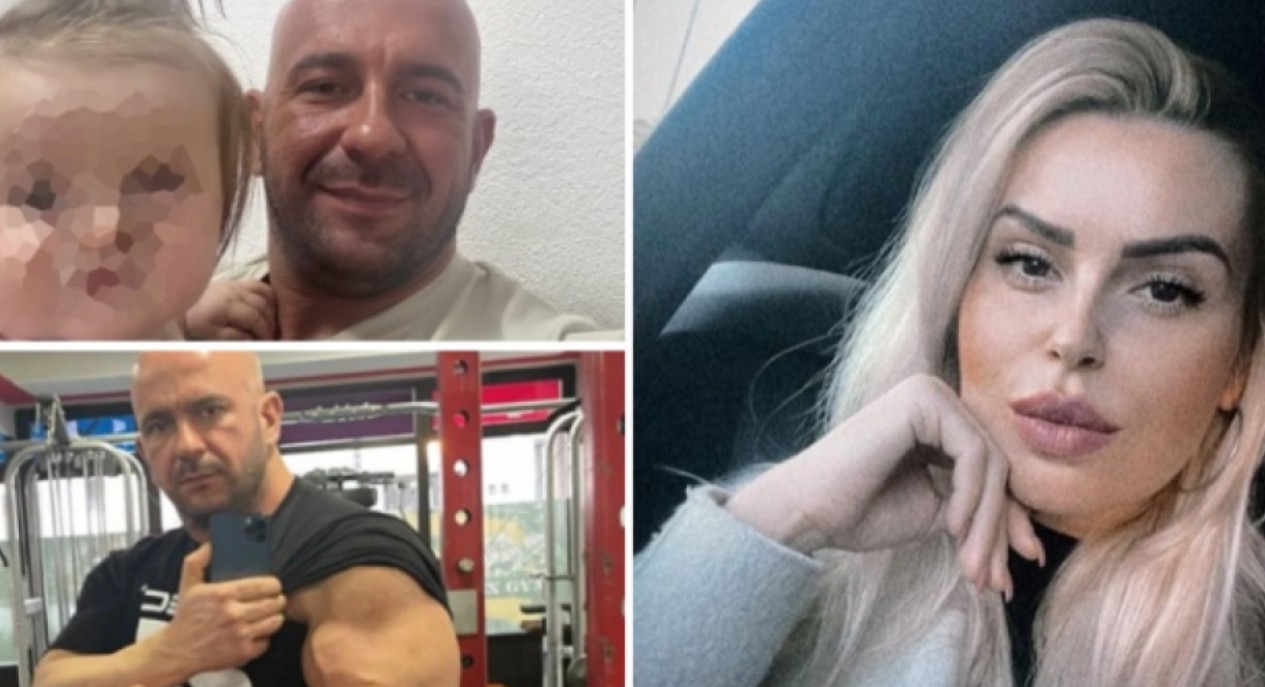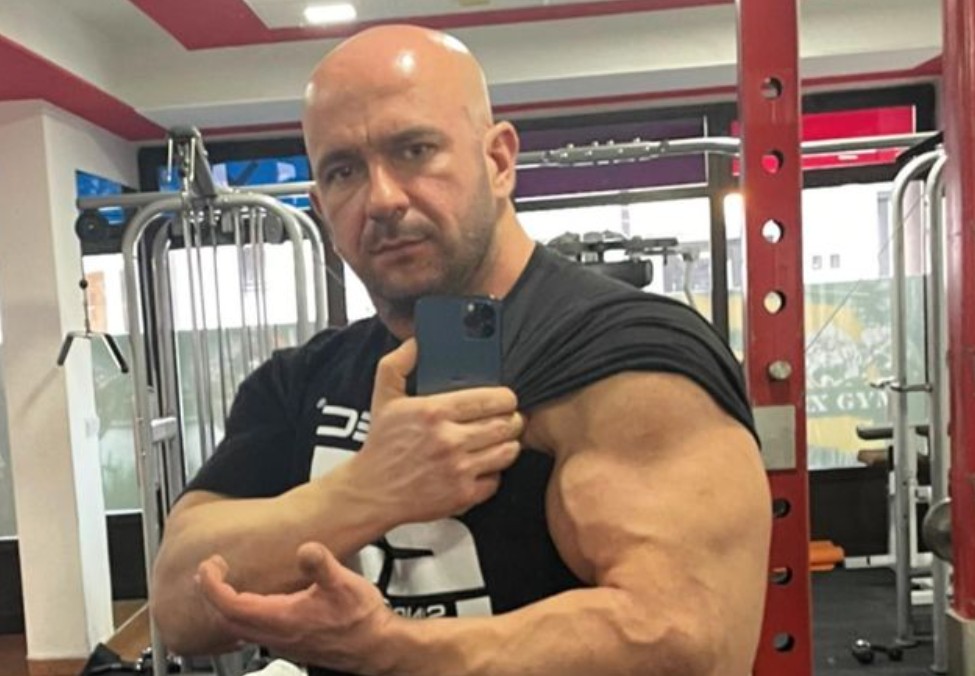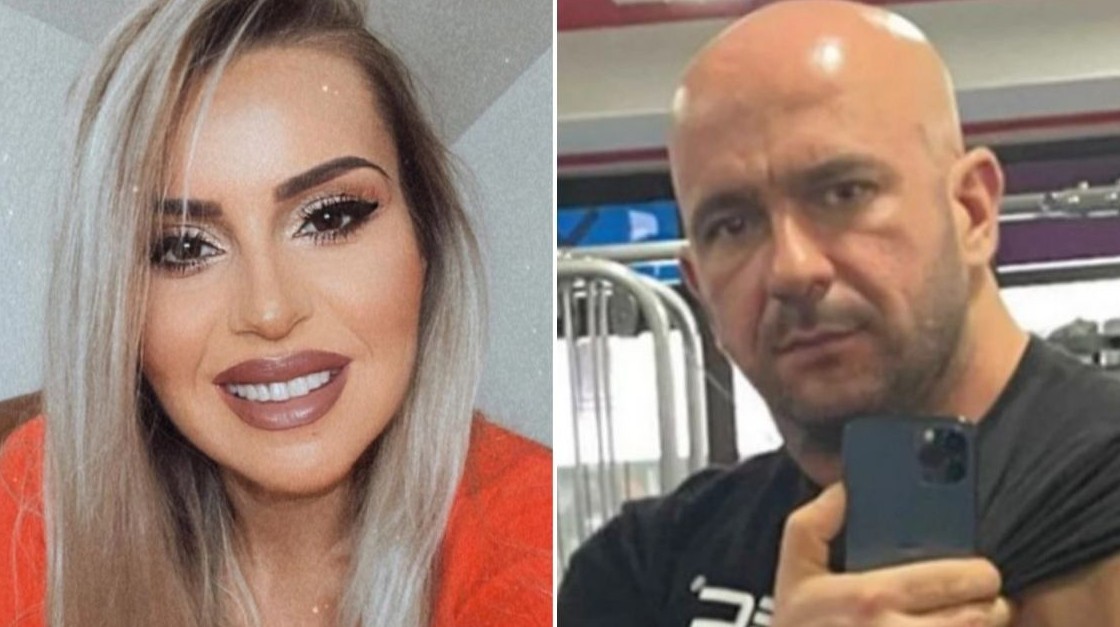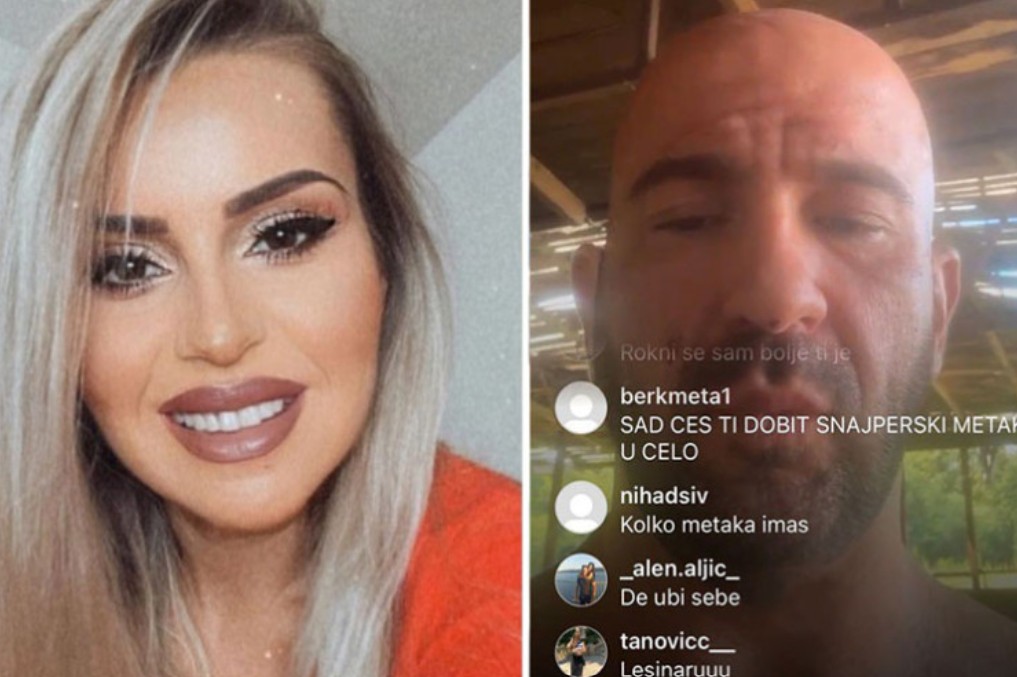Nermin Sulejmanović Video and The Tragic Case
In August 2023, the world turned its eyes to Bosnia after a horrifying livestream unfolded on Instagram. A man named Nermin Sulejmanović, a bodybuilder and fitness instructor with alleged ties to organized crime, broadcasted himself murdering his estranged wife before killing two more people and later taking his own life. The incident not only shocked local communities but also spread globally, raising urgent questions about the intersection of domestic violence, criminality, and social media responsibility.

The Sulejmanović case serves as a chilling reminder of how private violence can spill into the public sphere, magnified by digital platforms. It also reflects deeper societal problems in Bosnia and the Balkans: entrenched patriarchy, weak domestic violence protections, and the dangerous allure of hyper-masculinity tied to criminal power.
Contents
The Day of the Incident and Video
On August 11, 2023, Sulejmanović launched an Instagram livestream that would soon horrify thousands of viewers. At the start of the video, he appeared calm, almost disturbingly composed, as he explained his intentions. Moments later, he turned the camera toward his estranged wife and fatally shot her.
Uncensored video of Nermin Sulejmanović caused a tragedy with his ex-wife
The murder was witnessed live, and within minutes, clips began circulating across platforms such as Twitter, Telegram, and TikTok. But Sulejmanović’s rampage did not end there. Over the next several hours, he killed two more people one reportedly a relative of his wife and another a bystander while evading police.
As officers closed in on his location in northeastern Bosnia, he continued updating his followers, boasting about his actions. Eventually, when surrounded by law enforcement, he took his own life, leaving behind devastation, trauma, and a digital trail of violence.
Background of Nermin Sulejmanović
Before the horrific crime that made him infamous, Sulejmanović was known in his region as a bodybuilder and fitness trainer. He projected an image of strength and dominance, frequently posting workout routines and flexing his muscles on social media. Yet beneath the carefully cultivated persona was a man with a volatile and violent reputation.

Bosnian media reported that he had connections with local criminal groups, especially drug traffickers, and had previously faced charges for assaults and illegal possession of firearms. Neighbors described him as a man who inspired both admiration and fear admired for his physical power and lifestyle, feared for his aggression and quick temper.
His relationship with his estranged wife was reportedly filled with tension and violence. Friends of the victim later revealed that she had endured abuse long before the fatal livestream but had struggled to receive adequate protection from authorities.
The Role of Social Media
One of the most disturbing aspects of this case is how Instagram became the stage for murder. Social media has previously been misused for violent acts, but Sulejmanović’s broadcast was particularly shocking because of how long it remained online before being removed.

Viewer Reactions: Some viewers expressed shock and pleaded for him to stop, while others disturbingly egged him on or shared the video further.
Ethical Concerns: The case reignited debates over whether platforms like Instagram and Facebook can act quickly enough to remove such content before it spreads.
Viral Spread: Despite takedown efforts, clips circulated widely, reaching international audiences within hours.
The tragedy highlighted the double-edged nature of technology: while social media offers a space for connection, it also provides violent individuals a stage to perform atrocities for attention, further victimizing those harmed.
Impact on Bosnia and Beyond
The livestreamed murder sent shockwaves through Bosnia and Herzegovina, a country still grappling with political instability and social divisions decades after the Balkan wars.
Local Reaction: Communities were horrified, particularly in the northeastern towns where the killings took place. Vigils were held for the victims, and citizens demanded stronger protections for women.

Government Response: Bosnian authorities condemned the killings but also faced criticism for failing to prevent the tragedy. Many questioned why a man with a history of violence and criminal ties was not more closely monitored.
International Coverage: The case quickly spread to European and global news outlets, drawing comparisons with other instances of livestreamed violence around the world.
Women’s Rights Groups: Activists in Bosnia and across the Balkans pointed to the case as an example of femicide the targeted killing of women due to gender and called for systemic reforms.
Broader Social Issues Highlighted
The Sulejmanović tragedy is not an isolated event. Instead, it reflects deep-rooted social problems in Bosnia and the wider Balkan region:
Domestic Violence: Bosnia has one of the highest reported rates of domestic violence in Europe, yet many cases go unpunished. Victims often lack access to shelters and adequate legal support.
Organized Crime Influence: Sulejmanović’s ties to drug cartels illustrate how criminal culture fosters a toxic environment where aggression and domination are glorified.
Toxic Masculinity: His bodybuilding image, combined with violence, embodied a hyper-masculine identity that equates control and fear with respect.
Mental Health: While not a justification, his actions raise questions about the lack of mental health support for individuals prone to aggression, particularly in post-conflict societies.
The Aftermath
In the wake of the killings, investigations revealed more about Sulejmanović’s criminal associations and prior violent behavior. Families of the victims expressed anger that warnings and complaints about his abuse were ignored.
Law Enforcement Criticism: Police admitted they had previously dealt with Sulejmanović but claimed they lacked resources to monitor him effectively.
Political Repercussions: Lawmakers called for new legislation targeting domestic violence and online hate.
Platform Responsibility: Meta (Instagram’s parent company) faced backlash for not removing the livestream more quickly.
Public Trauma: Many Bosnians, especially those who watched the video live, reported lasting psychological distress. Some compared it to “being forced to witness a public execution.”
Lessons Learned
From this tragedy, several critical lessons emerge:
Early Intervention is Key: Authorities must take domestic abuse reports more seriously to prevent escalation into lethal violence.
Social Media Accountability: Platforms must develop faster detection and removal systems to prevent violent content from spreading.
Awareness Campaigns: Societies must educate citizens about the dangers of sharing violent material, which only fuels further trauma.
Legal Reforms: Stronger protections for women, more shelters, and harsher penalties for abusers are essential to reduce femicide.
The case of Nermin Sulejmanović is more than a shocking crime; it is a tragic symbol of how unresolved social issues from domestic abuse to the influence of organized crime can explode into public horror when amplified by technology.
For Bosnia, the incident has become a rallying point, sparking demands for justice, reform, and stronger protections for women. For the world, it is a reminder that while technology can connect us, it can also be misused to spread trauma at an unprecedented scale.
Ultimately, the legacy of Sulejmanović’s livestream should not be remembered for his violence, but as a wake-up call to confront the roots of domestic violence, enforce accountability.
Daily News -Victoria Tesla Video and Sparked Debate on Social Media
Obdulia Sanchez Video and a Viral Tragedy
Lily Phillips 100 in One Day Challenge Video and Endurance
Gorilla Mask Video and Controversy in Online Culture
Carey Birmingham Video and 10 Years for Fatally
Kendall Love Island Video and Struggles After the Show
Gabriel Jesús Sarmiento Video and Livestream Assassination

